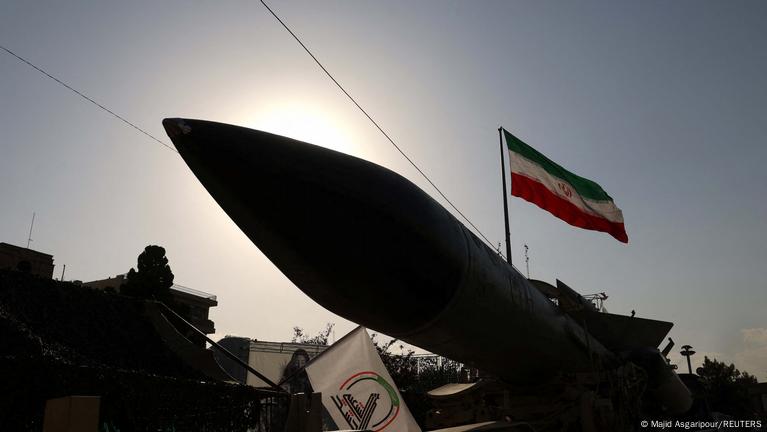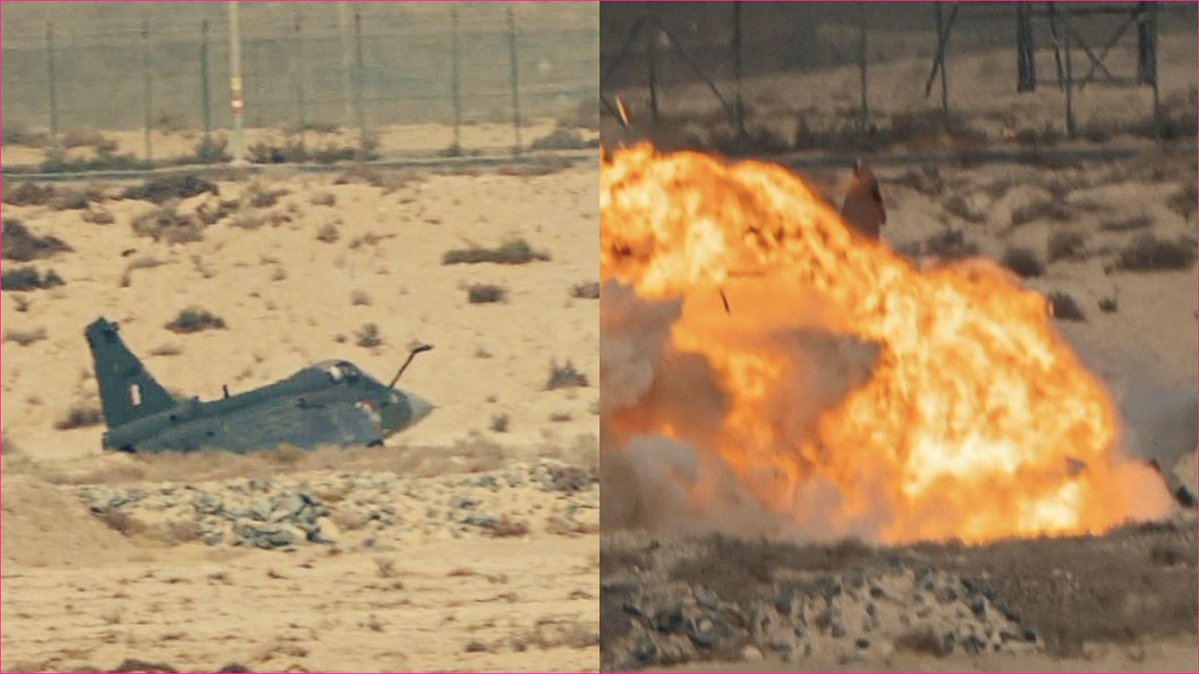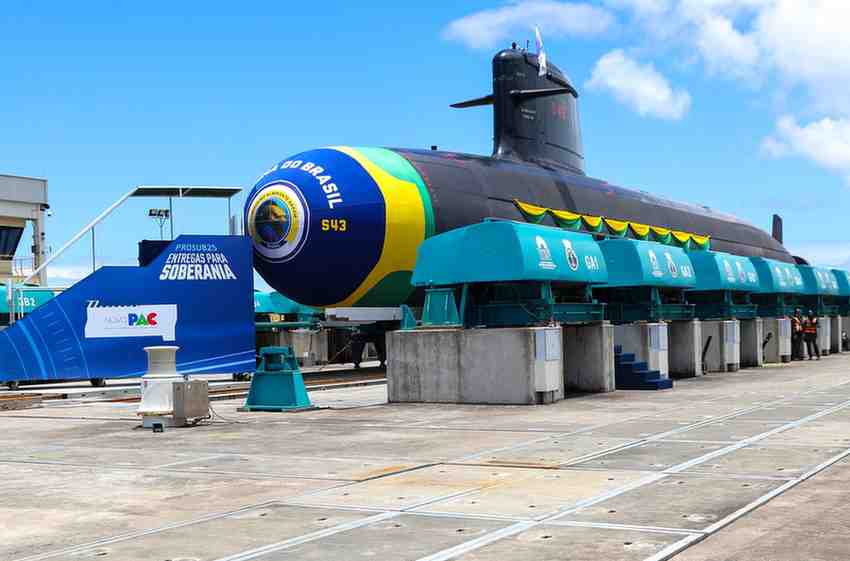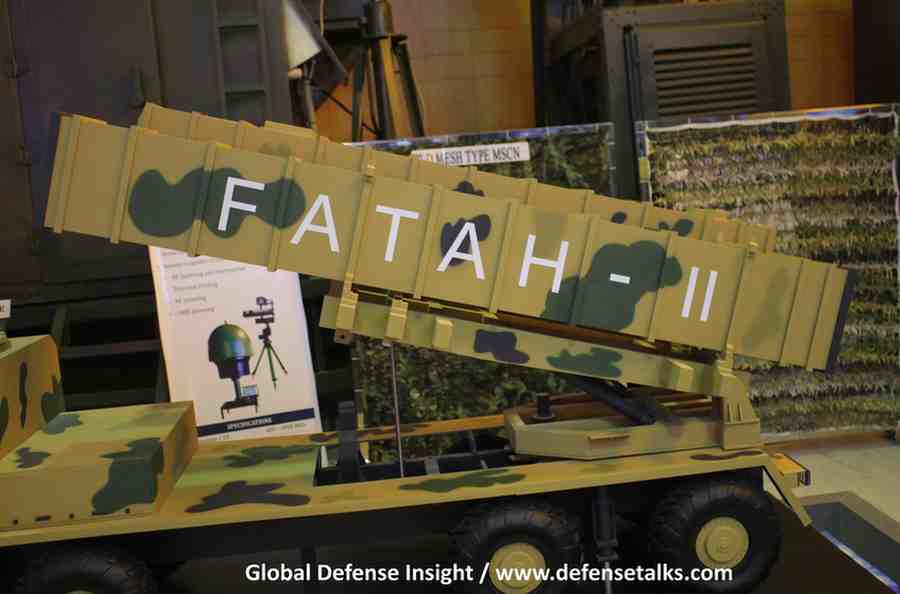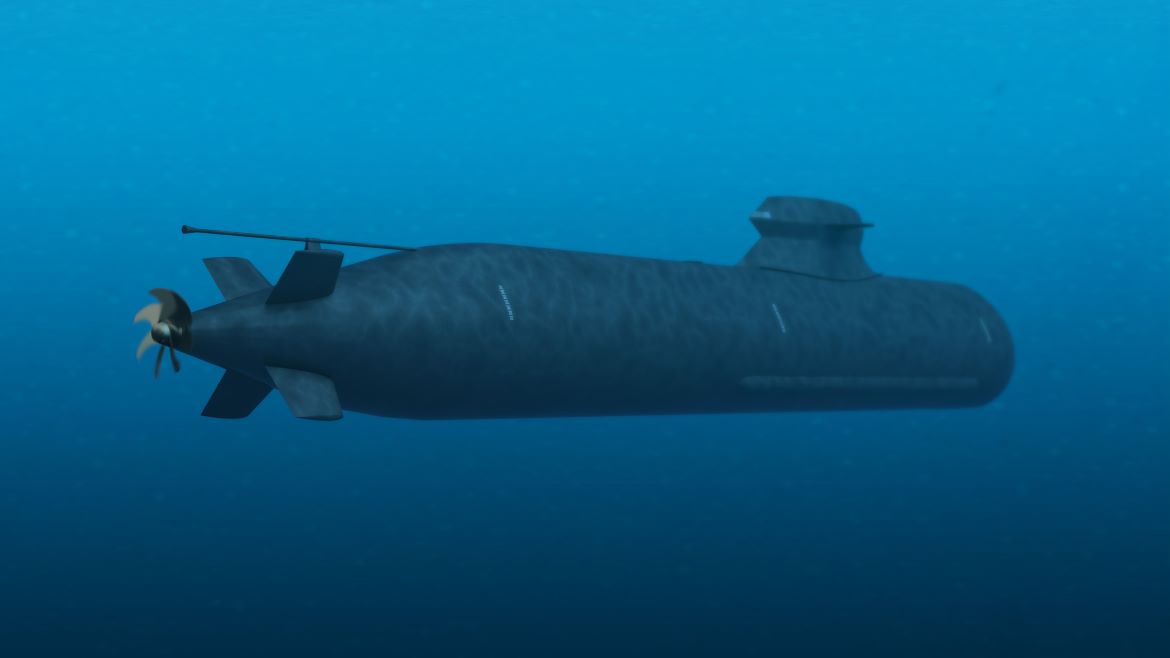The prospect of a direct military confrontation between the Islamic Republic of Iran and the United States of America stands as one of the most complex and consequential security scenarios in contemporary geopolitics. Historical precedents, Iran’s asymmetric capabilities, and the entanglement of regional and transregional alliances indicate that such a conflict would exceed the bounds of a bilateral clash and escalate into a multilayered crisis with global repercussions.
Phase One: Rapid Response and Tactical Seizures
In the event of a limited strike or covert operation by the United States or Israel, Iran is highly likely to initiate a swift defensive-retaliatory campaign. Tehran’s initial response would focus on missile and drone attacks targeting Israeli military bases and critical infrastructure—operations likely designed based on intelligence gathered during previous Vadeh Sadegh operations. Over the past years, Iran has compiled a precise target bank based on earlier confrontations and is prepared to rapidly deploy guided munitions and proxy forces.
Simultaneously, Iran’s special forces and intelligence units, supported by allied groups within the Axis of Resistance, may attempt to besiege or tactically seize select American installations, including the Ayn al-Asad airbase and the U.S. naval base in Bahrain. The primary aim of such actions would be to disrupt U.S. decision-making processes and gain leverage for future negotiations or to control the escalation’s trajectory.
Phase Two: Escalation and Coalition Warfare
Should the conflict escalate to a direct U.S. attack on Iranian territory, Tehran would likely expand its military response through coordinated actions with allies such as Hezbollah, Ansar Allah (Houthis), Hashd al-Shaabi, Zeinabiyoun, and Fatemiyoun brigades. These groups would launch joint operations targeting U.S. military assets across the Middle East—from Iraq to the Persian Gulf—while simultaneously subjecting Israeli nuclear facilities, ports, command centers, and energy infrastructure to heavy missile and drone assaults.
Iranian proxy forces could also target vital energy chokepoints, including Saudi Aramco installations, the Bab el-Mandeb Strait, and the Strait of Hormuz, exerting economic pressure on regional and global markets.
Furthermore, the Houthis possess the capability to strike the American military base “Camp Lemonnier” in Djibouti—which hosts approximately 4,000 U.S. personnel—using their missile systems, potentially inflicting substantial casualties.
Phase Three: Strategic Strikes Inside the United States
If Washington issues a direct threat to Iran’s territorial integrity or attempts to dismantle the ruling establishment in Tehran, the Islamic Republic’s strategic calculations could extend the battlefield into U.S. territory. This stage would include cyber operations, cognitive warfare campaigns, and potentially activating dormant cells within the United States.
In recent years, Iran has developed a growing arsenal of drones and missiles deployable from commercial shipping containers. This capability includes the potential forward-deployment of equipment aboard merchant vessels or local assembly by proxy operatives within U.S. borders. The seriousness of this scenario is underscored by the fact that of the 52 components retrieved from Iranian Shahed-136 drones downed in the Ukraine war, 40 were produced by American companies, with the rest sourced from Canadian, Swiss, Japanese, Taiwanese, and Chinese manufacturers.
Strategic Drone Access and Containerized Warfare
The upgraded Shahed-136B drone boasts an operational range of up to 4,000 kilometers, enabling it to target U.S. bases across the Middle East and parts of Southern Europe. Likewise, the Arash drone series possesses a range of up to 2,000 kilometers. These systems can be launched not only from Iranian soil but also from leased Iranian container ships or even from Western Hemisphere coastlines. For instance, a Shahed-136B launched from Caracas, Venezuela, could potentially reach the state of Texas.
Iran’s military doctrine increasingly relies on low-cost, deniable systems such as drones and short-range ballistic missiles for strategic deterrence and retaliatory operations.
Missile Advancements: From Tactical Strikes to Intercontinental Capabilities
Iran has made considerable progress in missile technology and has openly declared its ambition to acquire intercontinental ballistic missiles (ICBMs). Meanwhile, short-range systems such as the Fateh-450—with a range of 250 kilometers and a 225-kilogram warhead—are capable of being launched from containerized platforms mounted on cargo ships.
These high-speed missiles, which can approach speeds near Mach 5, would be suitable for precision strikes on critical U.S. infrastructure both at sea and along the American coastline.
Ideological Warfare and Geopolitical Vision
From Tehran’s perspective, Washington has consistently sought to redesign the ideological order of the Middle East. Iran views U.S. efforts to suppress the region’s three key ideological movements—the Muslim Brotherhood after the Arab Spring, Wahhabism through the rise and fall of ISIS, and the Shiite Axis during the October 7th events—as a direct threat to its strategic identity.
This historical understanding resembles Europe’s religious wars of the 17th century, notably the Thirty Years’ War and the Peace of Westphalia. The Islamic Republic perceives American actions as an existential threat to its ideological sovereignty, reinforced by repeated regime-change attempts through color revolutions and covert operations inside Iran.
American Narratives: Trump, Clinton, and Strategic Memory
In the 2016 U.S. presidential debates, Donald Trump explicitly accused the Obama administration of playing a role in the formation of ISIS. Hillary Clinton, in her memoir Hard Choices, indirectly acknowledged strategic decisions that facilitated the rise of extremist groups. These revelations have intensified Iran’s distrust of U.S. intentions and fueled Tehran’s drive to develop advanced military technologies.
Strategic Patience: Lessons from Iran’s Military Tradition
Contrary to Western media portrayals of impulsive reactions, Iran’s defensive doctrine is grounded in strategic patience. During the eight-year Iran-Iraq war, operations such as Valfajr and Karbala were meticulously planned in phased and gradual escalation frameworks.
The Vadeh Sadegh operation series continues this tradition:
- Vadeh Sadegh 1: Cruise and ballistic missile strikes against Israeli targets, followed by situation assessment.
- Vadeh Sadegh 2: A salvo of ballistic missiles from various Iranian launch points.
- Vadeh Sadegh 3 (planned): Heavy ballistic missile attacks against Israeli military bases.
- Vadeh Sadegh 4 (likely): Opening multiple fronts in regional and international arenas.
Conclusion: The Imperative of Diplomacy
The consequences of an Iran-Israel-U.S. confrontation could be catastrophic, leading to the collapse of global markets, stock index crashes, and unprecedented human losses—potentially exceeding those of the Vietnam War.
Beyond Israel’s interests, roughly 50,000 U.S. troops in the region remain within striking range of Iran and its allies. If Iran succeeds in drone strikes against nuclear power plants, energy facilities, or key industrial hubs such as Boeing, Lockheed Martin, or Tesla within the United States, the repercussions would be devastating.
Thus, mutual interests dictate that both Washington and Tehran should prioritize diplomacy over military confrontation. The United States must recognize that the incalculable costs of escalating tensions render sanctions and countermeasures ineffective. Sanctions relief and diplomatic engagement with Iran might prove a more effective alternative. Tehran, for its part, has signaled its willingness to accept American investment and cooperation—an opening that could revive diplomatic relations and rescue America’s crisis-hit industries.
This trend, beyond lifting Iran from the burden of severe sanctions, could also draw the Middle East closer to a grand peace and to the regional union dream once proposed by Mohammed bin Salman.
Within this framework, Donald Trump has demonstrated the talent and willingness to become a new Nixon for the United States. Having previously held a historic meeting with North Korean leader Kim Jong-un, a potential encounter between Masoud Pezeshkian and Donald Trump could resemble the historic 1972 meeting between Nixon and Mao—reshaping regional and global dynamics and heralding the dawn of a new order in West Asia and beyond.

Mohammad Hassan Sangtarash
Mohammad Hassan Sangtarash is an independent researcher specializing in defense-security strategies and geopolitical relations.
- This author does not have any more posts.


